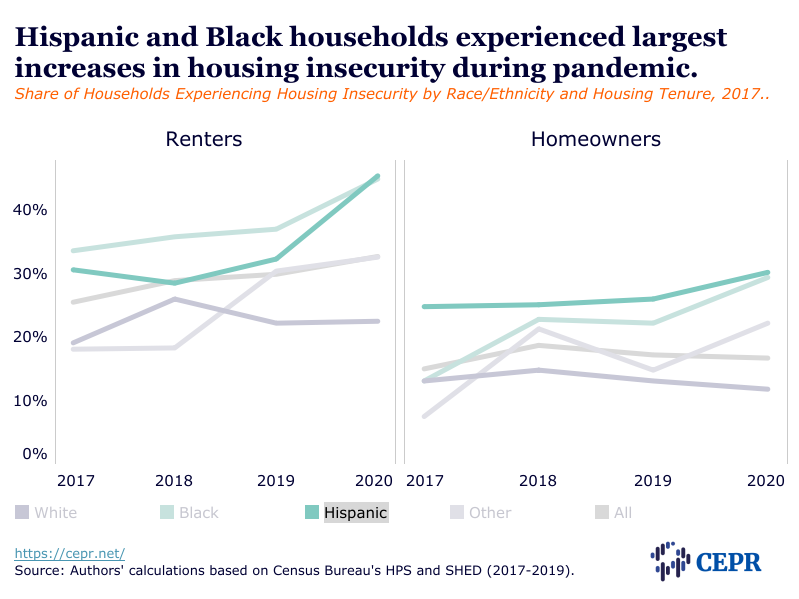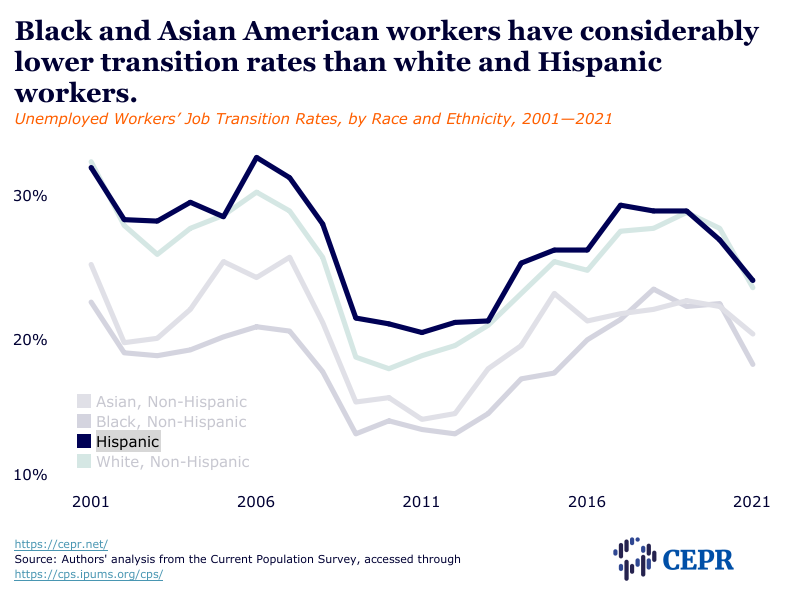October 13, 2021
Hispanic Heritage Month started in 1968 to celebrate the traditions and contributions of those “whose ancestors came from Spain, Mexico, the Caribbean and Central and South America.” The term Hispanic is somewhat ambiguous as it’s used to describe over 60 million Americans from various countries and ancestries. But this month is an opportunity to highlight some key facts about the progress and setbacks of Hispanics in the labor market over the past year.
In the years preceding the pandemic shutdown, Hispanic* workers were overrepresented in frontline industries, especially meatpacking (44.4 percent, or nearly half of all meatpacking workers) and building cleaning (40.2 percent).
In 2020, the unionization rate for Hispanics increased by 0.9 percentage points to 9.8 percent. Although union workers proportionately lost fewer jobs than nonunion workers during the pandemic, it was not enough to buffer against the loss of 23.1 million jobs in one month, April 2020, which pushed the unemployment rate for Hispanics to 18.9 percent. As of August 2021, the unemployment rate for Hispanics is down to 6.4 percent. While the unemployment rate has been declining for Hispanics over the past several months, they still constitute the lowest paid workers compared to white, Black and Asian workers.
On average, nearly one-in-three renters experienced housing insecurity each week from late April 2020 through July 2020. Most of the increase in housing insecurity is due to increased housing insecurity among Black and Hispanic renters and homeowners.

The racial and ethnic gaps in housing security were wider in the pandemic with about 44 to 45 percent of Hispanic and Black households with children experiencing housing insecurity each week between April and July 2020.
In the first half of 2021, about 24 percent of unemployed Hispanic workers obtained employment on average each month. Unemployed Hispanic workers were as likely as unemployed white workers to obtain employment; both groups were more likely than unemployed Black and Asain American workers to obtain employment.

Between 2005 and 2019, the “NEET rate” for young Hispanic adults (age 20-24), the percentage who were not employed or in school, declined from 23.4 percent to 16.5 percent. Due to the pandemic, the NEET rate for this group spiked and almost returned to its 2005 rate; it fell sharply in the first half of 2021, but is still about 2.5 percentage points higher than it was just before the pandemic.
*The data used in the CEPR reports cited above come from household surveys conducted by the federal government that use OMB’s definition of “Hispanic or Latino” as referring to “a person of Cuban, Mexican, Puerto Rican, South or Central American, or other Spanish culture or origin regardless of race.”





